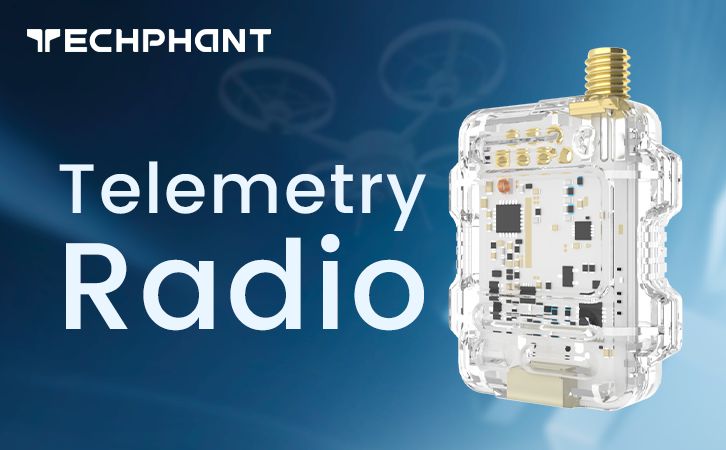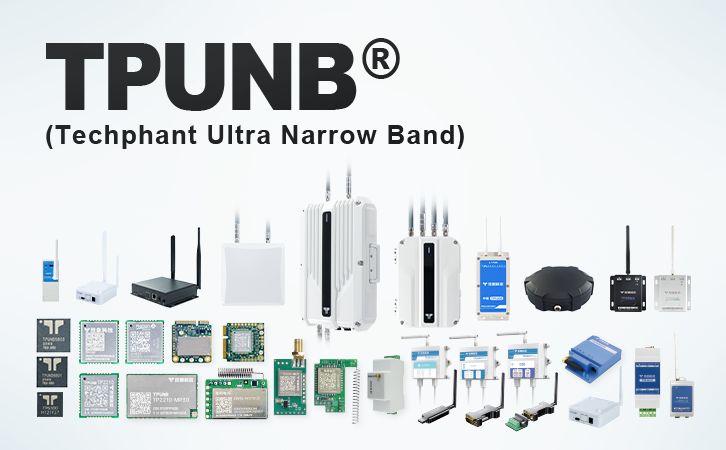FPV (First-Person View) systems can be categorized using several classification criteria. Below is a comprehensive breakdown of the different types:
1. By Signal Transmission Technology
This is the most fundamental classification, distinguishing systems based on how video signals are processed and transmitted.

a) Analog FPV Systems
Technology: Transmits raw, continuous waveforms by modulating amplitude/frequency.
Characteristics:
Lower image quality (similar to “old-school TV” with static/snow) .
Ultra-low latency (critical for high-speed racing) .
Lower cost and widely compatible components .
Frequencies: 1.2 GHz, 1.3 GHz, 2.4 GHz, and 5.8 GHz (most common) .
Use Cases: Drone racing, freestyle flying, and hobbyist applications where latency matters more than image quality .
b) Digital FPV Systems (HD)
Technology: Encodes video into digital packets (1s/0s) before transmission .
Characteristics:
HD video quality (e.g., DJI offers 720p at 120fps) .
Higher latency than analog (but improving) .
Proprietary ecosystems with limited cross-compatibility .
Major Brands:
DJI: Pioneer with exceptional reliability and image quality .
Walksnail & HDZero: Competing systems with varying performance trade-offs .
Use Cases: Cinematic drone filming, applications requiring high visual clarity .
2. By Drone Application & Design
FPV systems are tailored to specific flying styles, impacting their components and capabilities.
a) Racing Drones
Focus: Speed, agility, and durability .
Key Features:
Lightweight carbon fiber frames .
High-thrust brushless motors .
Analog systems preferred for minimal latency .
Example: BetaFPV Cetus X .
b) Freestyle Drones
Focus: Acrobatic maneuvers and tricks .
Key Features:
Reinforced frames to withstand crashes .
Balanced power-to-weight ratios .
Example: Emax Tinyhawk II Freestyle .
c) Cinematic Drones
Focus: High-quality aerial footage with stable flight .
Key Features:
Digital HD systems (e.g., DJI) .
Gimbal-stabilized cameras .
GPS-assisted modes (e.g., “Return to Home”) .
Examples: DJI Avata, DJI FPV .
3. By Component Integration & Footprint
FPV systems vary in how their subsystems (flight, power, video) are configured.
a) Flight System
Components: Motors, propellers, ESCs, flight controller, radio receiver .
Function: Stabilization, navigation, and response to pilot inputs .
b) Power System
Components: LiPo batteries (e.g., 1500mAh), power distribution boards .
Function: Delivers energy to all subsystems; impacts flight time .
c) FPV Video System
Components: Camera, VTX (video transmitter), VRX (video receiver), antennas .
Ground Station: Monitor/goggles, DVR (digital video recorder) for footage .
d) Frame Types
X-Type: Agile and symmetrical (racing) .
H-Type: Longer frame arms (cinematic stability) .
Stretched X: Hybrid for speed and efficiency .
4. By Control Modes & Autonomy
Advanced FPV systems offer varying levels of pilot assistance.
| Mode | Key Features | Use Case |
|---|---|---|
| Manual | Full pilot control; no stabilization. Lowest latency . | Racing/freestyle . |
| Sport | Partial assistance (GPS + vision); speed up to 27m/s . | Agile filming . |
| Normal | Full GPS/vision stabilization; max 15m/s speed . | Beginner/cinematic . |
| Autonomous | “Return to Home,” obstacle avoidance, auto-landing . | Safety-critical scenarios . |
Key Takeaways
- Analog vs. Digital: Choose analog for racing (low latency), digital for filming (HD quality) .
- Application Matters: Racing drones prioritize durability/speed; cinematic drones need stability/HD .
- Component Synergy: Systems like DJI integrate all subsystems (flight, video, autonomy) seamlessly .
- Emerging Trends: Digital systems (e.g., Walksnail) are closing the latency gap with analog .
For beginners, RTF (Ready-to-Fly) kits like DJI Avata or BetaFPV Cetus X simplify entry . Advanced users may customize systems using modular components (e.g., separate VTX/VRX) .


